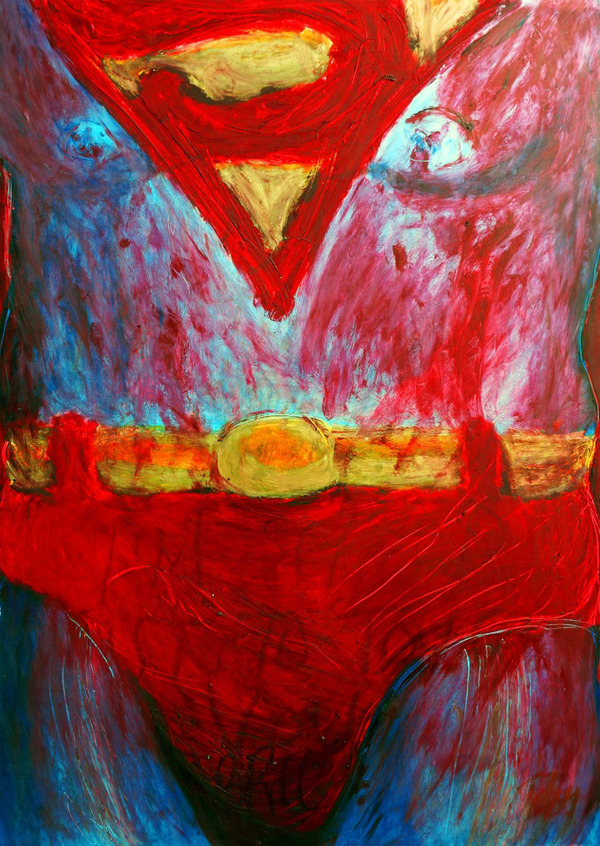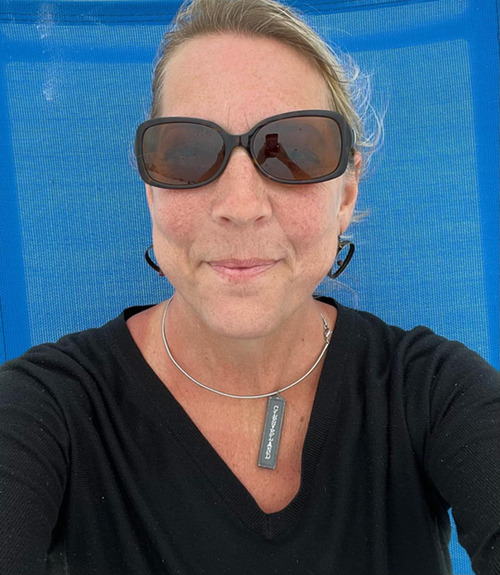
Does Cleveland have an art style that influences our public image?
I have seen thousands of artworks through teaching, curating, exhibiting, researching and hosting resident artists from abroad. I believe there is a Cleveland style that has evolved from both our roots and opportunities created by our civic imagination.
To start with, Cleveland is not known for grand, monolithic, showy sculptures, canvases, manifestos and sound projects. We already have a storage problem in our warehouses, artist studios, museums, music venues and performance spaces. Cleveland has archive issues, with too much stuff and no signs of slowing our productivity. The sluggish art market has made creating things on a more modest and intimated scale more prevalent. The prices of art are kept low as a result.
Secondly, Cleveland art is rarely tech-driven. Artists prefer handmade approaches with low-cost materials that are easily accessible.
Cleveland Arts Prize winner, realist painter Frank Oriti, is a good example. Inspired by comic books and sports, he worked to support himself in the steel mills, where he began painting his coworkers and friends. He still works in a factory, but now it is the Screw Factory, an artist hive building in the Birdtown neighborhood of Lakewood. It is his studio. Frank is from a working-class background, and his strong commitment to producing works of remarkable detail reflects his work ethic.
On the classical music front, students come to study at the Cleveland Institute of Music and learn from the professional Cleveland Orchestra members directly. The craft of performing music is precise, requiring skill and dedication.
I believe that Cleveland has a particular trait and character to the arts and culture, and like the French concept of terroir, we have a style different from anywhere else. I would call it a collage-like aesthetic, a technique of art creation primarily known in visual art but has its roots in music.
The Lottery League is an example of collage-making with its mashup of 150 musicians drafted into 40 different bands across musical genres. Band members are strangers to each other before they perform together. They get to practice as a group for two months leading up to The Big Show. It is uniquely Cleveland.
Jerry Segal, creator of Superman, was from Cleveland. He knew that our heroes lived here. He must have recognized in his mythological characters that were incognito, rising to great strength out of a deep crisis, that tragedy and conflict breed a certain kind of creativity. Other graphic artists like Harvey Pekar, Gary Dumm, Derf Backderf and Derek Hess followed his footsteps, scoured with a doomed lament that permeates their work, with Cleveland as the backdrop, to make this region their home.
Mediocrity is a negative message for Clevelanders to send out into the world, and generally, people do not want to come here, and we prefer this silent protest. We tend to make suffering a punch line for jokes that vindicate our strangely quiet ferocity because Cleveland is NOT a cosmopolitan coastal destination.
. Cleveland is a boneyard of industrial materials and equipment. Warehouses are full of stuff that artists rummage through to create new work. Shared access like the Morgan Conservatory, the Hamilton Building, Zygote Press and Praxis Fiber Workshop have abundant materials and equipment. Artists make art from discarded materials in the studios on St. Clair-Superior that stretch from RBX, Upcycle Parts Shop to HGR Industrial Surplus.
Cleveland is a city of abundance and loss. The Cleveland Foundation was the first community foundation in the country. We have more philanthropy foundation money, but fewer people. The current population is just over 350,000, down from over 900,000 in 1950. We failed to diversify our manufacturing economy. Jobs left, and people followed. Could creative industries be the next Cleveland boon?
Hurt by the East and West side racial division, it continues today. Cleveland is at the top of lists no one wants — the worst city for Black women, the poorest large city in the country, terrible air quality, highest infant mortality rates, gun violence gone wild, struggling schools and others.
David Thomas from Cleveland-born band Pere Ubu outlines their career trajectory unapologetically:
“Pere Ubu is not now nor has it ever been a viable commercial venture,” he said in an interview. “We won’t sleep on floors, we won’t tour endlessly and we’re embarrassed by self-promotion. Add to that a laissez-faire attitude to the mechanics of career advancement and a demanding artistic agenda and you’ve got a recipe for real failure. That has been our one significant success: we are the longest-lasting, most disastrous commercial outfit to ever appear in rock ‘n’ roll. No one can come close to matching our loss-to-longevity ratio.”
Now, this is me speaking. Our goal as a unified city should be to incentivize creative businesses like any other small business or entrepreneurial venture. The city administration should give artists tax abatements for live/work spaces, either owned or rented, new or remodeled, and create tax incentives.
Cleveland has rebooted its history and nostalgia many times. We know how to apply multi-use approaches to urban renewal. Projects like Black Main Street, the Opportunity Corridor and cultural districts like Hingetown, Gordon Square and Waterloo are successful. We need more.
Our cultural legacy includes Op Art from the 1960s, Rose Iron Works, Leo’s Casino, Karamu House, Playhouse Square, Severance Hall, Tri-C Jazz Fest, the Agora, Performance Art Festival, Ingenuity Fest, Brite Winter Fest, weekly ethnic festivals, and many more, trending with distinctive styles and pastiche movements that celebrate the essence, taste, nose, and texture of this city.
Superman can fly and has the strength to stop trains, but his alter ego Clark Kent could not impress Lois Lane. Cleveland is a production and manufacturing nirvana for creatives and creative industries, but we have a lousy marketplace for the arts. With vacant lofts scattered across the city, salvage yards overflowing with materials and countless maker spaces available to rent or buy, we have full city pleasures at half the price. Superman knew this. So did Lois.

One Response to “CULTURATI: Truth, Justice and a Better Tomorrow by Liz Maugans”
Laura Dumm
I’m a lifelong Clevelander, born here and I’ll die here. I made my living and earned my money as an artist/graphic artist. It was a good and fulfilling life. Married an artist that also made his living doing art.
But now that I am 73 my desire to make another painting to add to MY collection is gone, I don’t need the rat race…when I sell a painting maybe I’ll paint another but there are way too many Laura Dumm art pieces stored in my attic and on my walls. (not to say I haven’t sold a good number of them in my time)
Cleveland needs art buyers. That’s why I quit painting for the most part 4 years ago. Whats the sense of making art if its not shared with folks that love and want to live with it. Why do we need to have studios with stacks of our own art??? Makes no sense, thats just hoarding your own artwork. But commissions are always welcome!!
As far as music goes Cleveland is the best. Always produced great bands…was even in a few in the 80’s. Played the bass.
Now I garden and cook. That satisfies my creative urge. Plus I read and learn new stuff that enriches me more and more every day. All in all its great living in Cleveland. Best location in the nation.